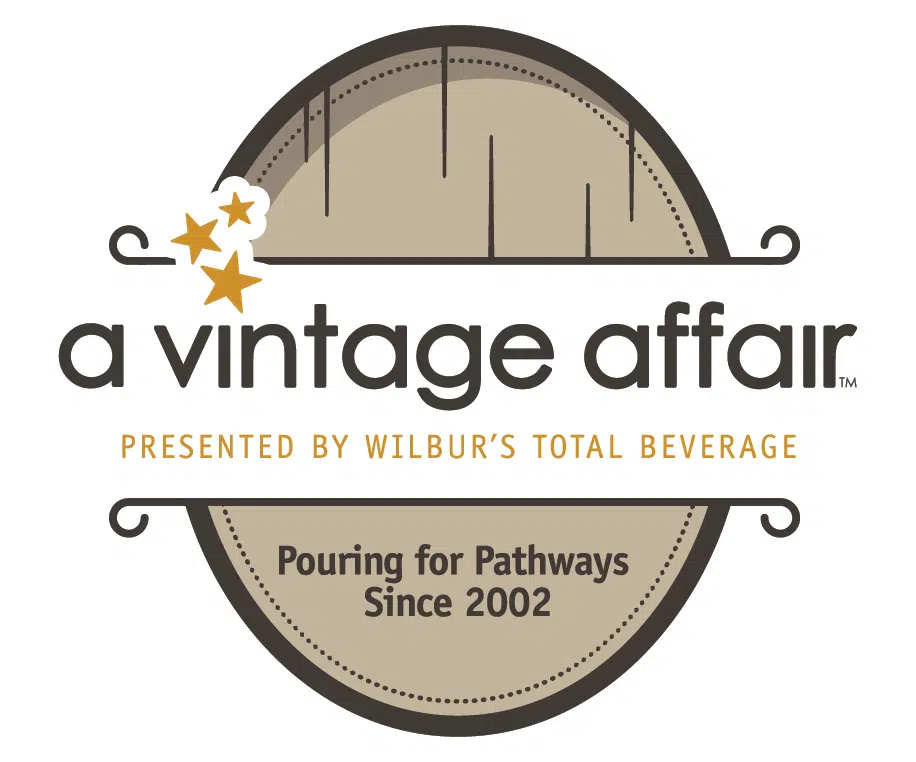Collaborative journalism: A joint effort to protect a community

Editor’s note: This is the second in a five-part series of columns detailing notable news stories from the past 51 years, leading up to the author’s retirement.
The buzzword in journalism circles in recent years has been collaborative journalism: Essentially, team-based reporting on a single topic that crosses jurisdictional or company lines.
Years ago, I led a team of journalists from Lehman Communications Corp. to cover a massive environmental issue affecting Cañon City, Colorado. The result: The Cotter Files, a 56-page special section that had an impact on state health department decision makers and, within our industry, resulted in a Scripps Howard Foundation National Journalism Award for which we were recognized in a ceremony at the National Press Club in Washington, D.C.
SPONSORED CONTENT
22nd Annual Vintage Affair: A Community Gathering to Support Pathways
The 22nd Annual A Vintage Affair event, presented by Wilbur’s Total Beverage, benefits Pathways’ mission of providing expert medical and comfort care for individuals navigating the last months of life.
The incident that sparked the effort was an effort by the Cotter Corp., a division of General Atomics, to bring 470,000 tons of radioactive waste from a Superfund site in Maywood, New Jersey, to the Cotter uranium mill south of Cañon City for processing and disposal. As is common for many topics, the story began many years before the incident that sparked a local outcry and continues to this day.
Our board of directors decided that the Cañon City Daily Record didn’t have the bandwidth with its small staff to do the level of reporting that the situation warranted.
I was charged with forming a team — environmental reporter Eric Frankowski and investigative reporter B.J. Plaskett from the Longmont Times-Call, community editor Jackie Hutchins from the Loveland Reporter-Herald, general assignment reporter John Lemons from the Daily Record, and me — along with photographers and page designers — to investigate and tell the story.
The story to be told was massive and involved many dozens of interviews, the review of thousands public records, and a crash course on how environmental health decisions are made, especially when they bump headlong into economic interests of companies and communities.
The underlying premise for the reporting was this: Can the Cotter Corp. and the Colorado Department of Health and Environment, along with other regulators, be trusted to look after the interests of Cañon City residents when the record is replete with examples of situations in which the health and welfare of the community were not protected?
Cotter, which opened the uranium mill in 1958, had been charged with 140 health and environmental violations by the 2002 date of this project. There were 16 violations in 2002 alone at the mill uphill from Cañon City and the Arkansas River.
We learned that all manner of waste had been disposed of at the site, including some of the waste from the Manhattan Project, which produced the world’s first atomic bombs. In 1968, waste had been hauled to Cañon City in open rail cars, thus contaminating not only the area around the mill but the center of town itself, where the railroad line ran through.
[Historic note: Many communities in the West were contaminated by material from the uranium industry when it began operations in the 1950s. Communities such as Durango and Grand Junction employed ordinary folks with pickup trucks to haul away radioactive soil that had been used as fill around homes in residential neighborhoods.]
Called “the most radioactive material ever mined on earth,” the raw uranium that produced the first atomic bombs was shipped into New York Harbor from the Belgian Congo, then processed at the Mallinckrodt Chemical plant in downtown St. Louis with the waste piled on a site near the St. Louis airport. The Mallinckrodt site was also designated a Superfund site.
Cotter called the material the “Colorado Raffinates” and the “Congo Raffinates,” and it was sometimes also called the “St. Louis Airport Cakes.”
Mill wastes were deposited in open, unlined basins for many years before Cotter was required to line the basins and cover the waste with water to keep the material from drying and blowing in the wind.
The waste pits were situated above abandoned coal mines that honeycombed the area. Leakage from the waste pits seeped into the mines, something that Cotter denied. But in any case, the waste material contaminated the soil and well water of Lincoln Park, an unincorporated neighborhood north and downhill from the mill. Strangely shaped vegetables grew in the gardens of Lincoln Park.
As is common in regulated industries, the industry itself is charged with monitoring for contamination supposedly under the oversight of a health department or federal agency. That oversight was often lacking, we found.
One family in Lincoln Park told how Cotter would routinely come to sample water in their well on a monthly basis and file reports indicating levels of material in the water. Those water tests occurred even when the well was dry, meaning that those reports were fabricated, again something that Cotter denied.
Materials deposited on the site included uranium, radium-226, thorium-230, arsenic, cadmium, copper, lead, mercury, molybdenum, selenium and zinc — some, of course, naturally occurring.
Cotter’s chief chemist — Lynn Boughton — died of cancer caused by radiation exposure, the county coroner ruled. The Boughtons lived in Lincoln Park. Their daughter, Jeri Fry, to this day continues to seek cleanup of the mill site.
The health department was charged with determining whether Cotter should be able to bring in the contaminated New Jersey material. Doug Benevento — some might remember him from his work on then U.S. Rep. Wayne Allard’s Washington staff — was executive director of the state health department in 2002. After a long process, he denied the Cotter application soon after we published the Cotter Files.
That wasn’t the end of the story, of course. Community members including Jeri Fry and her mother, Deyon Boughton, continued the battle to seek cleanup and remediation for the environmental and alleged health damages.
Cotter closed in 2011. In 2018, it paid a new company, Colorado Legacy Land, to clean up the site. Colorado Legacy ran out of money in 2023, and now Cotter is back on the job and expected to forward a cleanup plan that, if approved, could result in work beginning in 2024.
A Denver Post story Oct. 22, 2023, started this way:
“Nearly 40 years later, one of Colorado’s longest-running Superfund sites still has no radioactive waste cleanup plan.”
And the danger? Regulators said, “It’s safe, as long as you don’t drink the water…”
View other columns from Ken’s series.
Truth: Stranger than fiction
https://bizwest.com/2024/01/05/truth-stranger-than-fiction/
Collaborative journalism: A joint effort to protect a community
https://bizwest.com/2024/02/02/collaborative-journalism-a-joint-effort-to-protect-a-community/
Amundson: Not always what it seems
https://bizwest.com/2024/03/08/amundson-not-always-what-it-seems/
Amundson: Stories some don’t want told
https://bizwest.com/2024/04/02/amundson-stories-some-dont-want-told/
Amundson: Local events take a toll
https://bizwest.com/2024/05/03/amundson-local-events-take-a-toll/
Amundson: Career focused on community journalism
https://bizwest.com/2024/05/30/amundson-career-focused-on-community-journalism/
Amundson to retire from BizWest after 51 years in journalism
https://bizwest.com/2024/05/31/amundson-to-retire-from-bizwest-after-51-years-in-journalism/


